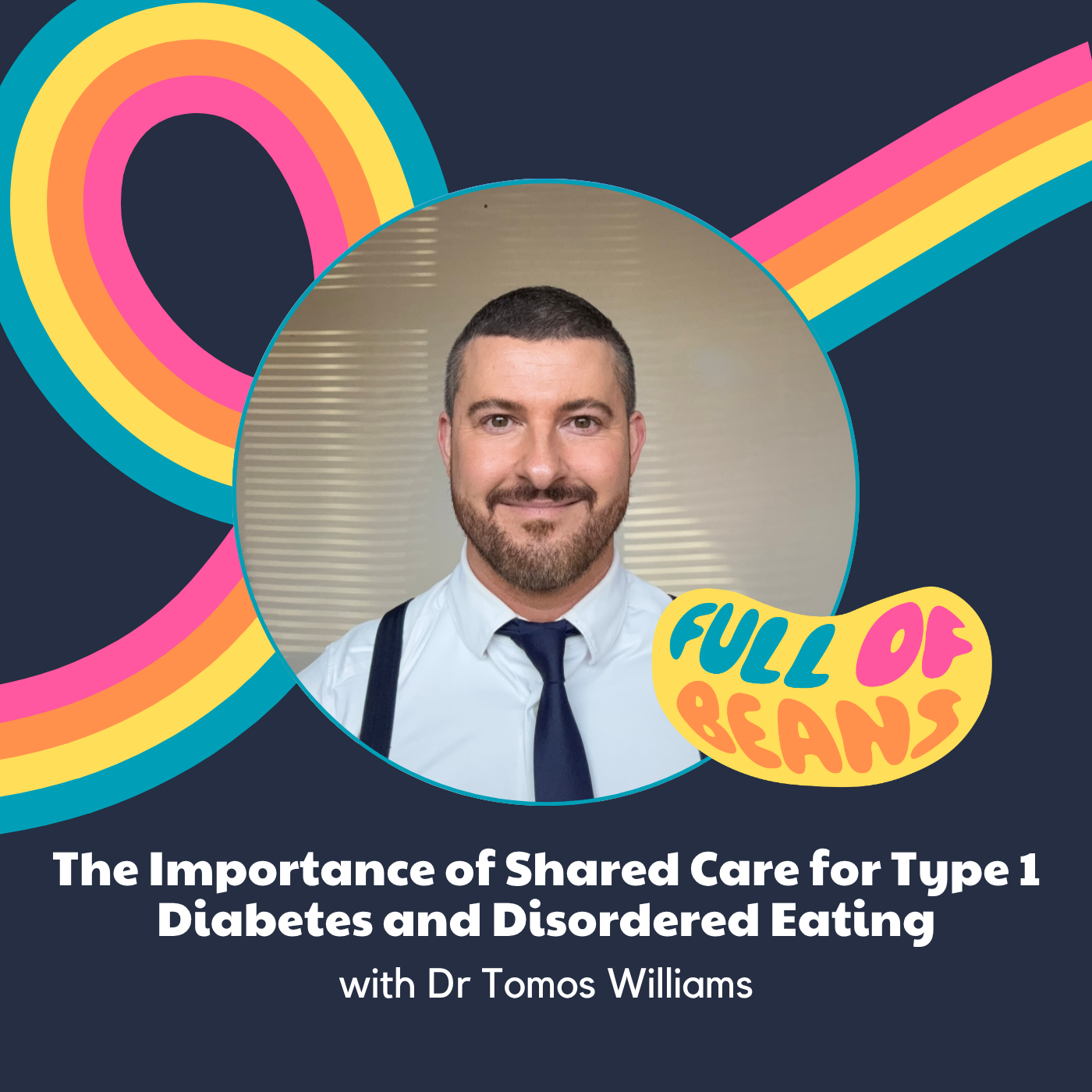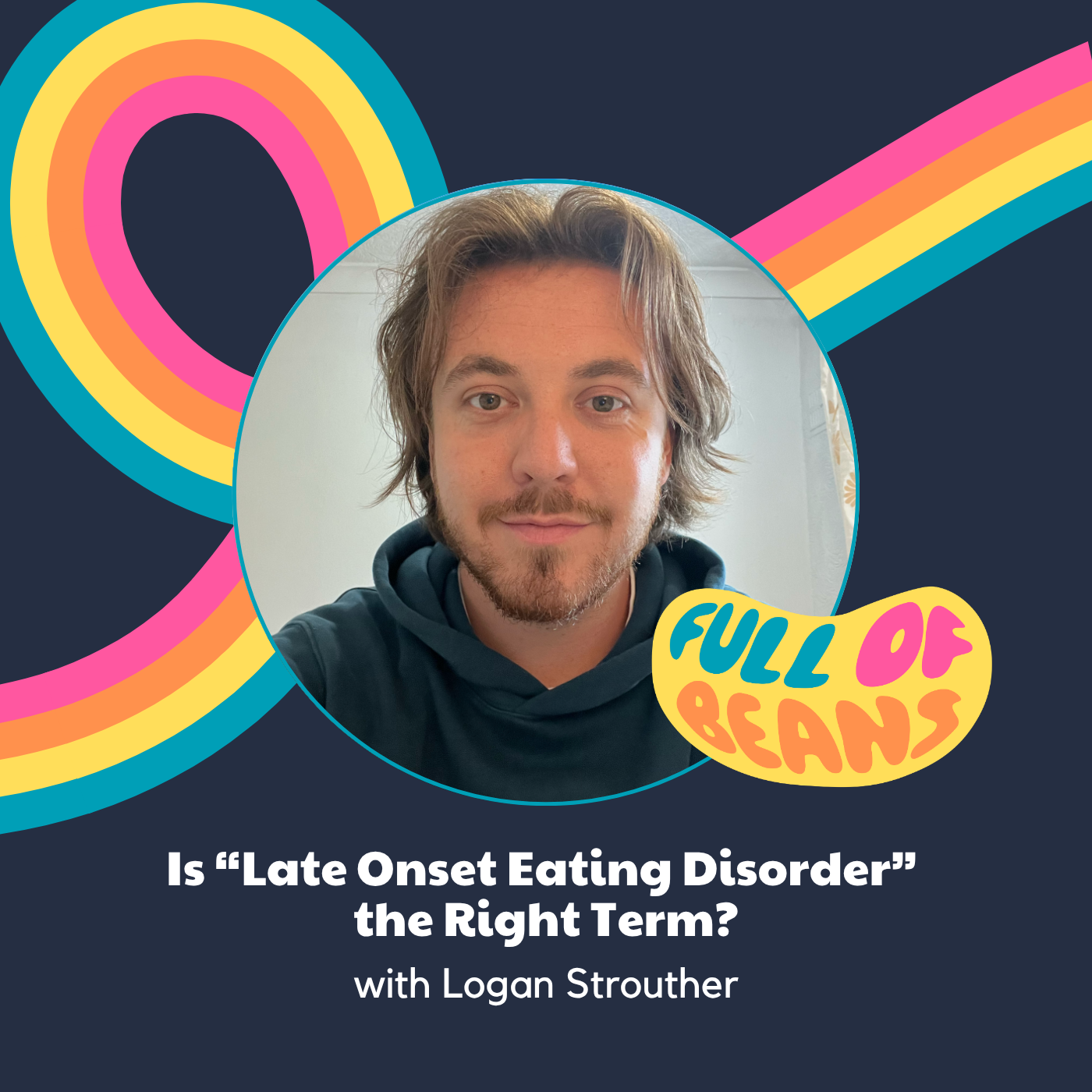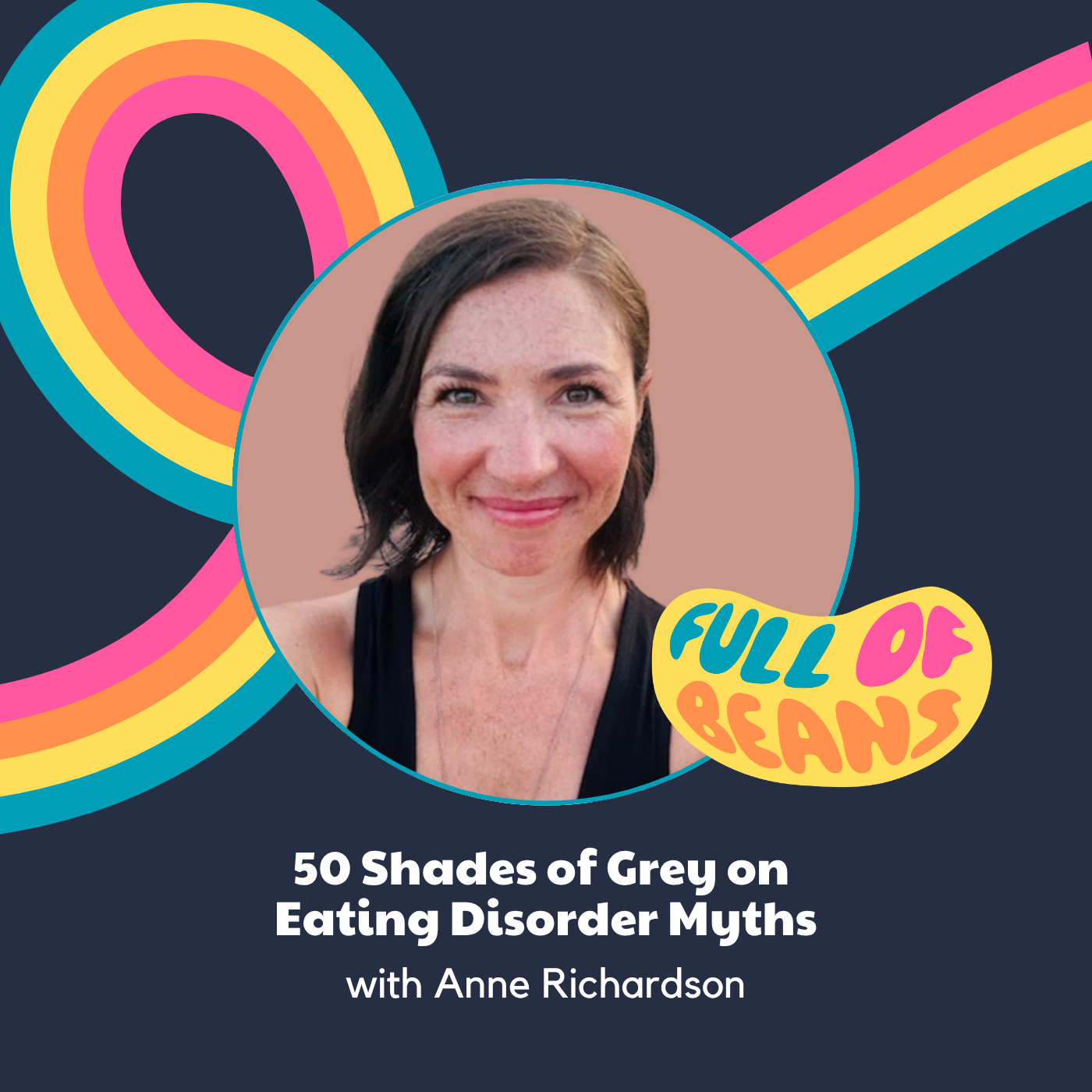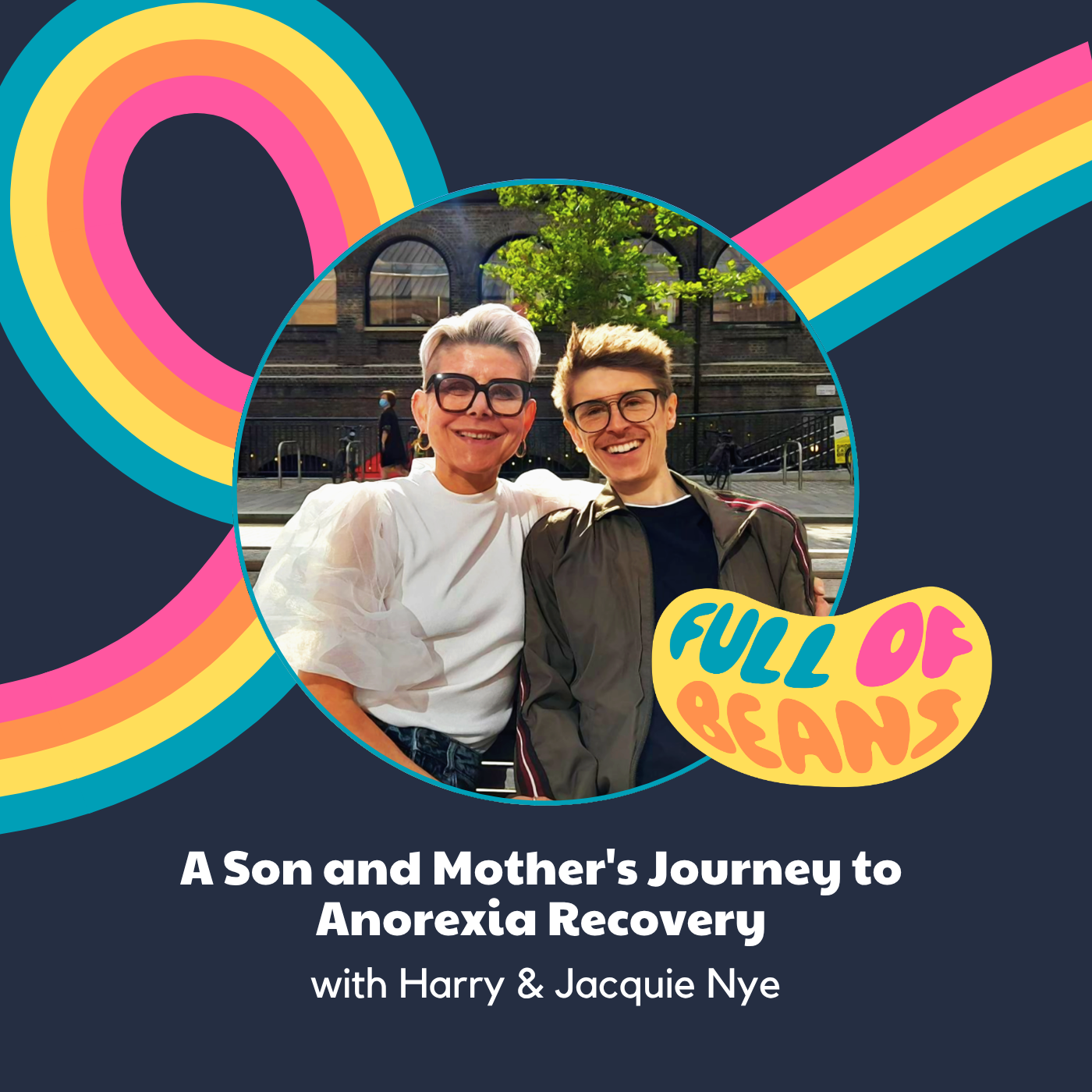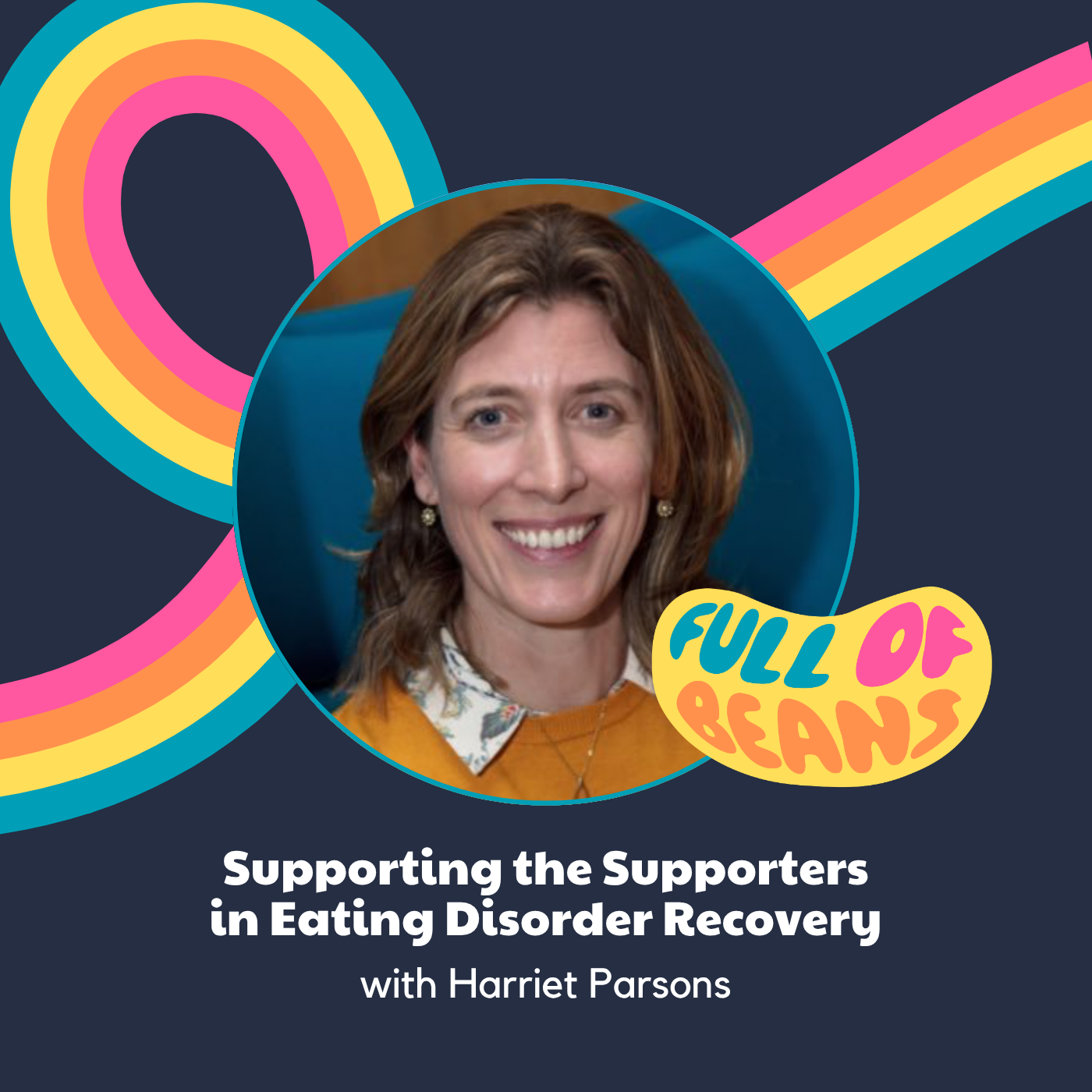Making Eating Disorder Services More Inclusive for Men with George Mycock
We say to men it's okay to be okay, but is that messaging really working?
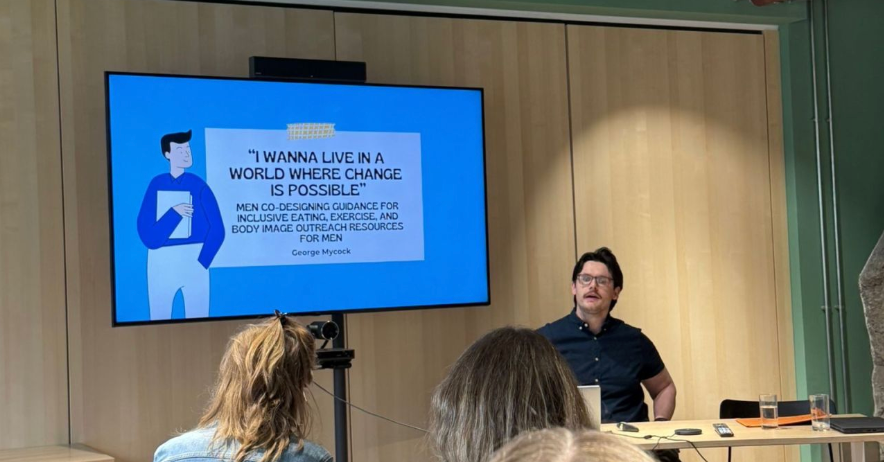
Eating disorders don’t look one way, and they don’t affect just one type of person. Yet for many men, seeking help can feel like stepping into a space where they don’t quite belong.
In this week’s Full of Beans Podcast, I’m joined by George Mycock, PhD candidate at the University of Worcester, who has dedicated his research and advocacy to improving how services support men experiencing eating, exercise, and body image difficulties.
Men’s Voices in the Eating Disorder Conversation
George’s work shows us that eating disorders in men are diverse and can’t be reduced to a single diagnosis or stereotype. Some men may struggle with bingeing, others with restriction, and others with rigid exercise routines or distress around body image.
There is no one way an eating disorder impacts a man – and services need to reflect that reality.
Unfortunately, many public-facing resources are still written or designed in ways that leave men feeling excluded. This can reinforce the idea that eating disorders aren’t “for them,” which delays help-seeking and adds unnecessary stigma.
Why Men Might Not Seek Help
George’s research highlights that while many men live with eating disorders and disordered eating behaviours, only a small proportion reach clinical services.
In his research, he worked with lived experience participants to understand the barriers that men face when approaching eating disorder services. These can include:
- Unwelcoming healthcare – men described services as feeling feminised or not for them.
- Stigma around eating disorders – both societal stigma (“it’s a women’s illness”) and internalised stigma that men “shouldn’t” struggle.
- Lack of relevant resources/information – service websites and outreach materials focused on female experiences, with no mention of things men may relate to.
- Clinician bias or limited awareness – research showed professionals were less likely to correctly identify eating disorders in men, even when given identical case studies.
This leads to men feeling othered and overlooked, which can delay treatment until a crisis point.
Making Eating Disorder Services More Inclusive
Through his PhD, George conducted a systematic review, content analysis, and co-design project with men to create practical guidance for services and charities.
His findings show that:
- Public-facing resources (websites, leaflets, posters) often feel too feminine.
- Using images and language that only speak to women reinforces stigma.
- Men want authentic stories from peers and practical, goal-oriented messaging (e.g. “seeking help is self-improvement”).
- Services should work with existing male spaces like gyms, sports clubs, and community groups to reach men where they are.
Creating Eating Disorder Resources That Reach Men
George’s co-designed guidance offers practical steps for making resources that truly engage men:
- Start with conversation – Person-centred, lived experience conversations should form the foundation. Authentic voices matter.
- Offer purpose and progress – Resources should give men a reason to engage and show what support can lead to — not just say “you’re not alone.”
- Encourage reflection, not labels – Avoid calling behaviours “disordered” or “unhealthy.” Use stories and prompts that help men recognise themselves in the material.
- Match the message to the audience – Men who don’t realise they’re struggling need different formats (e.g. podcasts, social media) than those actively seeking help (e.g. leaflets, websites).
- Be thoughtful with images – Visuals should be inclusive, not stereotyped. Consider who’s represented and how.
- Co-create, don’t guess – Work with men, not just for them. Lived experience, professionals, and creatives should shape your resources together.
Why This Matters
Eating disorders don’t discriminate, and support shouldn’t either. By ensuring services and resources reflect the full spectrum of experiences, we can help more men feel seen, understood, and supported in their recovery.
George’s message is clear: it’s not about creating a “men’s corner” of eating disorders, but about integrating men fully into the wider conversation.
Resources & Links
You can listen to our latest episode with Goerge on the Full of Beans podcast.
Sign up for our mailing list to keep updated with the podcast here.
Sending positive beans your way,
Han 💛

